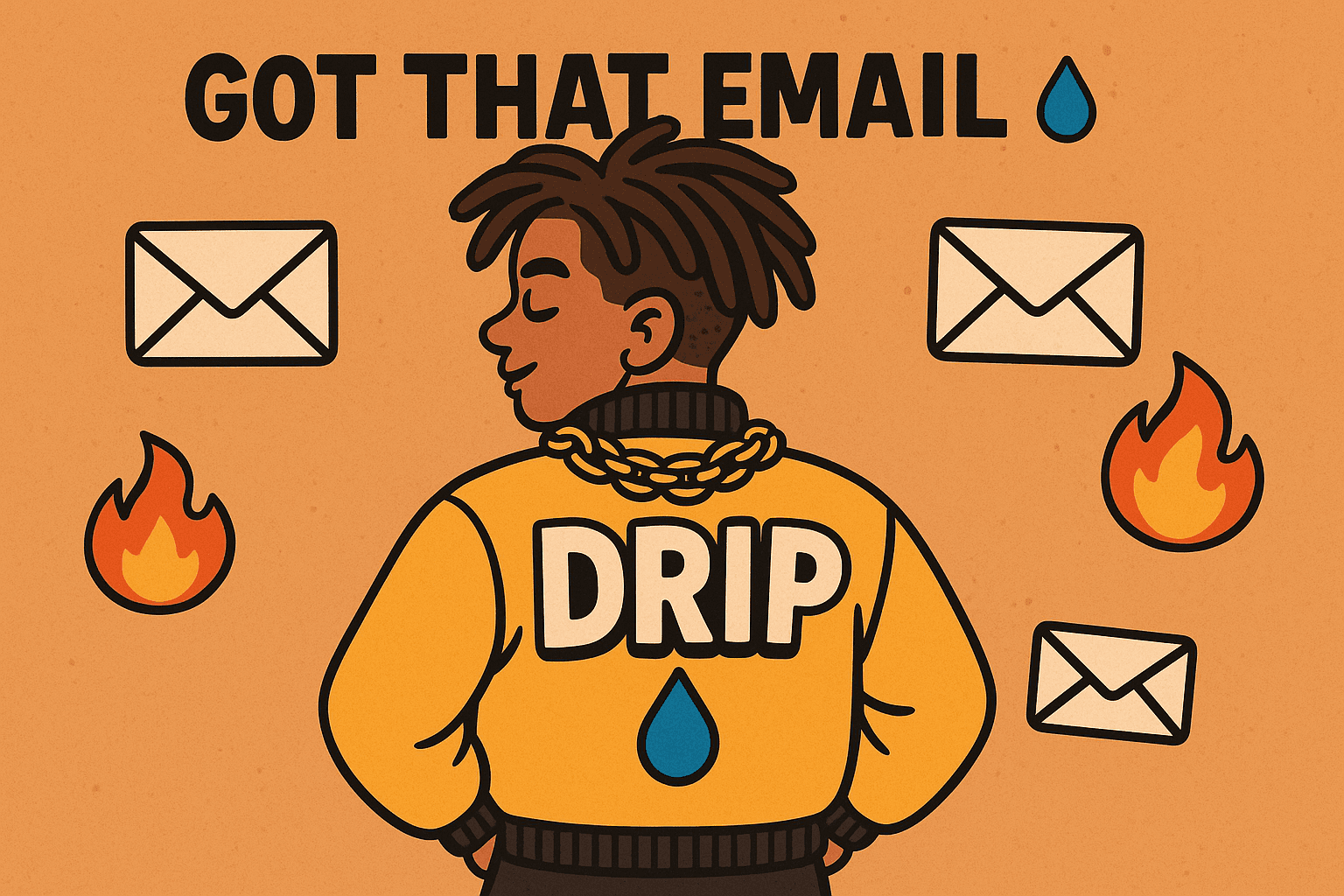Early-stage startups often face limited resources and tight budgets, which makes cost-effective marketing strategies essential for sustainable growth. Personalization techniques such as dynamic tags, segmentation rules, and conditional content provide powerful and low-cost ways to significantly boost user engagement without substantially increasing expenses. Contemporary research and practical case studies confirm that even basic personalization implementations can yield outsized returns in user activity, conversion rates, and customer loyalty.
1. Dynamic Tags: Low-Effort, High-Impact Personalization
What Are Dynamic Tags?
Dynamic tags are placeholders within emails or web content that automatically populate personalized data points—such as the recipient’s name, recent purchases, or location—at the time of sending. Most email marketing platforms, including popular free tiers, support dynamic tag insertion, enabling easy personalization without manual effort.
Quantitative Impact
- Personalized emails generate 6x higher transaction rates than non-personalized emails.
- Personalized triggered emails achieve 25% higher open rates and 51% higher click-through rates.
- Visitors engaging with personalized content read 3.9 times more pages on average.
Low-Cost Implementation Tips
- Insert dynamic tags for recipient names, company names, or specific product references to create a personal touch.
- Deploy welcome and thank-you emails using dynamic greetings.
- Reference previous user actions to guide next steps (e.g., “Thanks for trying Feature X—here’s what to do next!”).
2. Segmentation: Relevance at Scale without Extra Cost
What Is Segmentation?
Segmentation divides your audience into targeted groups based on shared demographics, behaviors, or lifecycle stages. This allows startups to send more relevant, tailored messages. Platforms like Mailchimp and Klaviyo include segmentation capabilities on their free or entry-level plans.
Quantitative Impact
- Segmented email campaigns achieve up to 14.31% higher open rates than non-segmented sends.
- Behavioral segmentation targeting actions like cart abandonment or recent purchase results in 35–50% Uplifts in click-through and conversion rates.
Low-Cost Segmentation Strategies
- Behavioral Segmentation: Focus on users who have visited pages, abandoned carts, or clicked previous campaigns.
- Demographic / Firmographic Segmentation: Group subscribers by attributes like industry, location, or sign-up channels.
- Lifecycle Segmentation: Identify and target new users, engaged users, or at-risk customers with unique messaging.
Fast Setup
Setting up segmentation in platforms like Klaviyo or Mailchimp can take just a few minutes. Segments update automatically, requiring minimal ongoing maintenance.
3. Conditional Content: Personalized Experiences in One Campaign
What Is Conditional Content?
Conditional content enables delivering different messaging, offers, or visuals to various segments within a single email campaign. Most email marketing tools offer this feature with simple logic configurations.
Quantitative Impact
- Personalized CTAs increase engagement by 68%.
- Personalized product recommendations boost conversion rates by 20%.
- Requests for demos or trials can increase fourfold when content is personalized.
Practical Applications
- Show dynamic offers or discounts aligned with recipient segments, such as new versus returning users.
- Use content blocks that highlight different products, testimonials, or resources based on user data.
- Tailor onboarding flows depending on user roles, business types, or feature usage.
4. Case Studies Demonstrating the Effectiveness of Low-Cost Personalization
- SaaS provider Creek saw a 305% increase in engagement and revenue after implementing personalized drip campaigns.
- The LogDog app grew sign-ups by 240% through emotionally resonant, context-aware drip sequences.
- Close.io used personalized drip content to re-engage leads and improve conversions.
- Dan Norris’s 7 Day Startup campaign used conditional content to add 52 new memberships in 3 months by targeting pitch emails to non-paying members.
5. Performance Benchmarks to Aim For
- Open Rates: Target 10–20% for personalized campaigns.
- Click-Through Rates: A strong result is between 2–5% in targeted segments.
- Conversion Rates: Exceeding 10% indicates effective segmentation and personalization.
- Personalized subject lines alone can increase open rates by 26%.
6. Optimization and Best Practices
- Regularly conduct A/B tests on subject lines, content blocks, and CTAs to identify the most effective personalized elements.
- Utilize built-in analytics tools (e.g., Mailchimp’s Content Optimizer) to benchmark and improve campaign performance.
- Automate responses to high-value user actions such as signups, cart abandonment, and purchases to deliver timely engagement.
Conclusion
By leveraging low-cost personalization tactics like dynamic tags, segmentation, and conditional content, early-stage startups can significantly enhance engagement, conversion rates, and customer retention while working within budget constraints. Modern email marketing platforms remove many traditional technical and financial barriers, empowering startups to deliver timely and relevant communications that punch well above their weight. Data and multiple real-world examples confirm that even minimal investments in personalization offer outsized returns without substantial extra costs.

